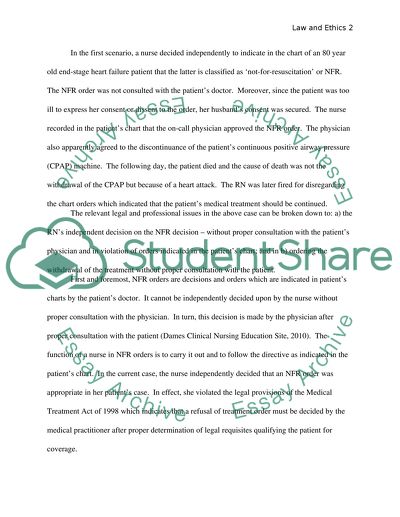Cite this document
(“Law, Ethics &Accountability for Nurses Essay Example | Topics and Well Written Essays - 2250 words”, n.d.)
Law, Ethics &Accountability for Nurses Essay Example | Topics and Well Written Essays - 2250 words. Retrieved from https://studentshare.org/miscellaneous/1571903-law-ethics-accountability-for-nurses
Law, Ethics &Accountability for Nurses Essay Example | Topics and Well Written Essays - 2250 words. Retrieved from https://studentshare.org/miscellaneous/1571903-law-ethics-accountability-for-nurses
(Law, Ethics &Accountability for Nurses Essay Example | Topics and Well Written Essays - 2250 Words)
Law, Ethics &Accountability for Nurses Essay Example | Topics and Well Written Essays - 2250 Words. https://studentshare.org/miscellaneous/1571903-law-ethics-accountability-for-nurses.
Law, Ethics &Accountability for Nurses Essay Example | Topics and Well Written Essays - 2250 Words. https://studentshare.org/miscellaneous/1571903-law-ethics-accountability-for-nurses.
“Law, Ethics &Accountability for Nurses Essay Example | Topics and Well Written Essays - 2250 Words”, n.d. https://studentshare.org/miscellaneous/1571903-law-ethics-accountability-for-nurses.


